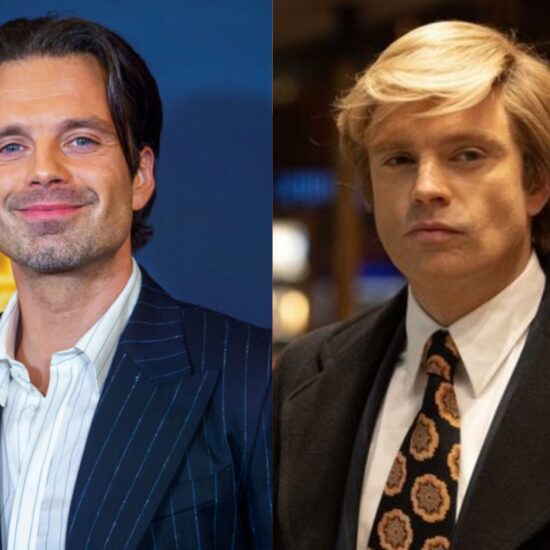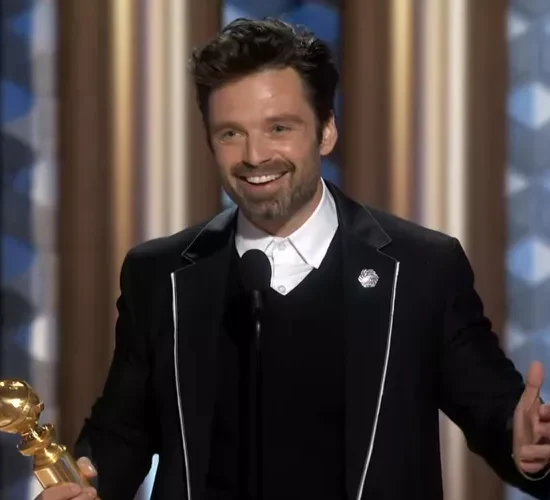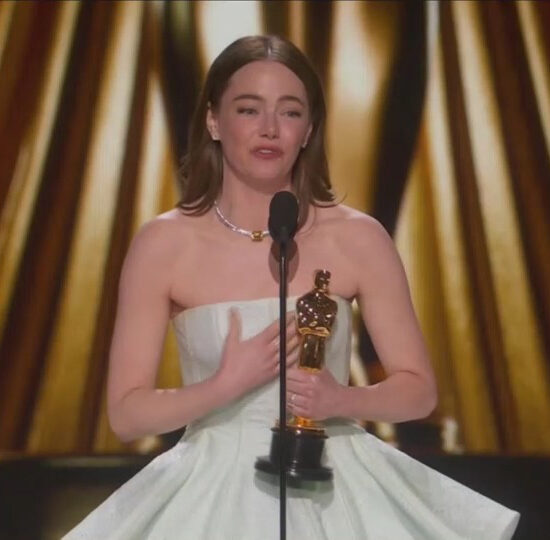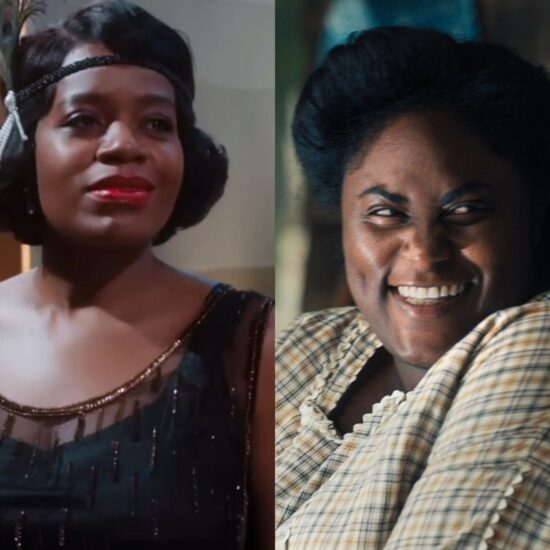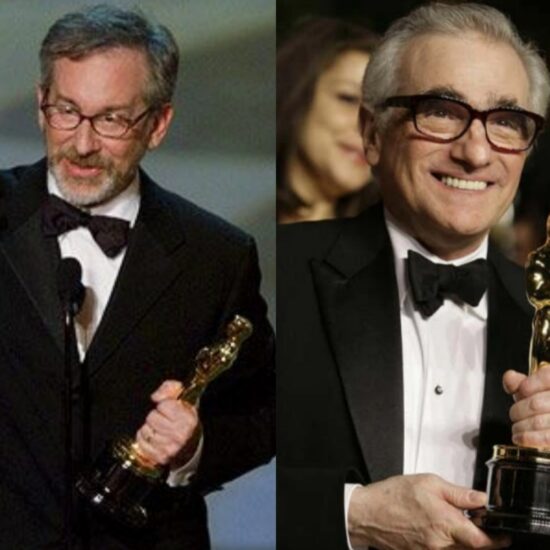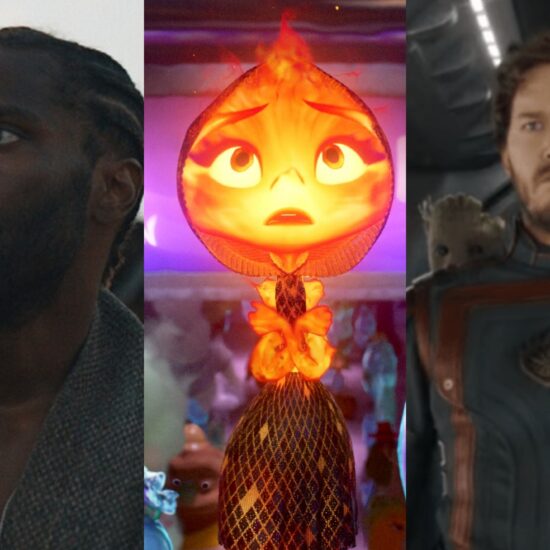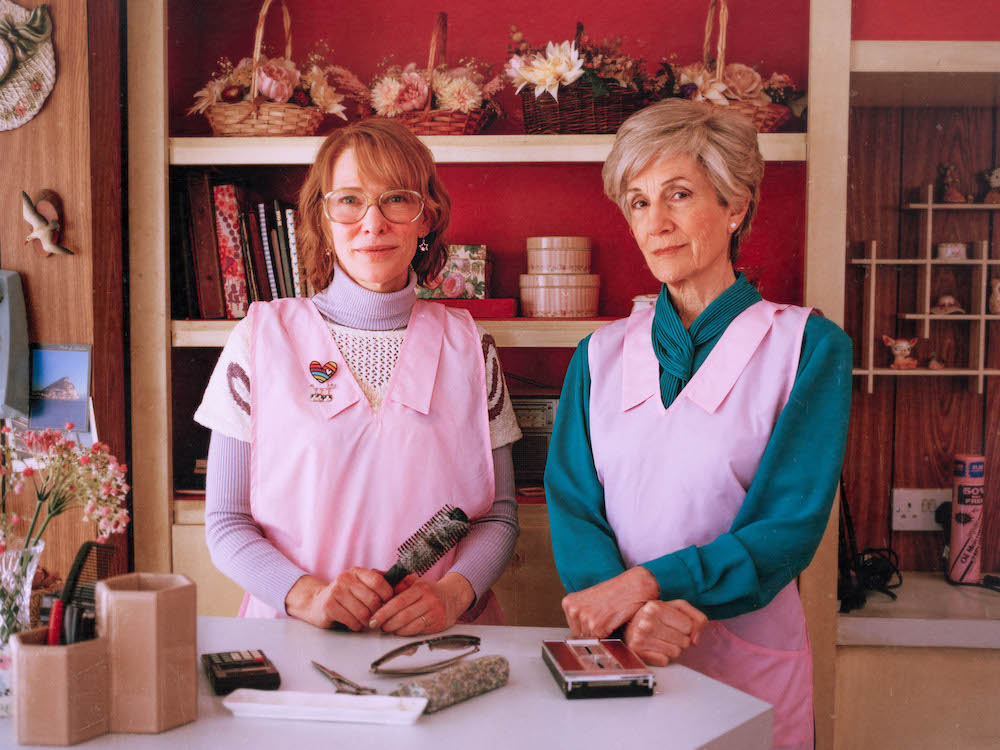
Welcome to My Favorite Scene! In this series, IndieWire speaks to actors behind a few of our favorite television performances about their personal-best onscreen moment and how it came together.
When Cate Blanchett first guest-starred in “Documentary Now!”, the two-time Oscar-winner played a part suited for her elite status. Directors Alex Buono and Rhys Thomas needed to cast for Izabella Barta, a Marina Abramović-inspired performance artist whose renowned work includes everything from sitting inside a rotating clothes dryer to flinging her paint-soaked body against a blank wall. Blanchett, no ordinary thespian, was the logical choice. If she can bring immediate veracity to both Lydia Tár, a pseudo-fictional character, and Katharine Hepburn, a very real Hollywood legend, then she can instill comedic credence to a legend of the art world, while perfectly serving the episode’s winking parody.
Her return to “Documentary Now,” however, somehow extends the actor’s range even further. In Season 4, Episode 3, “Two Hairdressers in Bagglyport,” Blanchett plays an ordinary assistant at a seaside salon. Alice, a widow who works for free, is a bit of a klutz. She sweeps hair in circles. She combs out curls with the force one would apply to a stuck pickle jar. Her giant block glasses don’t appear to help all that much, and it’s a minor miracle she hasn’t lopped off one of her older client’s dangling earlobes.
But the customers love Alice, as does her the shop owner, Edwina (Harriet Walter). She’s kind and generous. She’s loyal and always does her best. Blanchett lends Alice a deft blend of warm interiority and oddball energy — she’s familiar, yet unique, lovable yet often inept, in her own world but indispensable to this one.
Written by Seth Meyers and directed by Buono and Thomas, the episode actually originated from Blanchett, who pitched the idea of an episode based on “Three Salons at the Seaside,” a 1994 short film directed by Philippa Lowthorpe. She loved working with the crew so much during Season 3’s “Waiting for the Artist,” she couldn’t wait to return to “Documentary Now!” and while it took a number of years for her idea to come to fruition, she’s still thrilled by the results — so thrilled, she enthusiastically agreed to a half-hour Zoom conversation with IndieWire, in which she outlined her appreciation of Lowthorpe’s “beautiful” original documentary, the “Doc Now!” shooting process, and the series overall. (Yes, she saw the Werner Herzog episode, “which I love — I love it.”)
This interview has been edited for length and clarity.
IndieWire: Can you talk a little bit about how you ended up in this episode and where the idea came from?
Cate Blanchett: I was on the set of “Mrs. America” and a dear friend of mine was doing my hair. I was playing Phyllis Schlafly, [so] it was like seven hours under the hair dryer to play that character, and we got talking about people’s relationship to their hairdresser. He said, “Oh, have you ever seen that little documentary [‘Three Salons at the Seaside’]?” I laughed and I cried — just that the day was filled that these women in a hairdressing salon talking about death. Death is, you know, it can be very funny.
I had such a great time doing “Waiting for the Artist.” I’d spoken to Andrew [Singer] at Broadway Video, and he said, “Look, if you ever have any documentaries that you love, [let me know.]” So I sent it to Andrew and he loved it, and he showed it to Seth [Meyers] and I sent it to Alex [Buono] and Rhys [Thomas] and they loved it, too. We kept in sporadic contact, and I saw we were both filming in Budapest, and we caught up, just friendly. Then out of the blue, they said, “I have a script to send you.” I went, “Oh my God, I thought you guys had filed this away in the bottom of your sock drawer.” I was so surprised by it, and I went, “Yes, of course, let’s do it.”
Then, while we were shooting, over a drink they said to me the reason why we’re in the U.K. is because of this idea. Well, at least that’s what they told me. I don’t know if it’s true. He probably said that to everyone.
It felt like this episode really drew attention to that original documentary, “Three Salons at the Seaside,” in a sincere way.
Sometimes in the early [episodes,] like their “Grey Gardens” one, what they do with it seems more one-to-one with the original. It holds the hand of the original. I think in a way, this one does too, because these women in the original documentary are just such glorious creations that you have to honor them. I think that’s kind of the tone — as irreverent as they are, as out there and often offensive as they can be, they’re really a polite bunch of gentlemen. This particular documentary, you could feel the love of their own grandmothers in it, I think.
Was there a scene that stood out to you in the original documentary that you wanted to honor or capture in your own way?
In our iteration of it, I really love the taking of the photographs. [Shooting this series is] so fast and furious. You never know what’s going to happen. You know those weird Japanese game shows of the ‘90s where people used to stand in front of the pyramids and put magnifying glasses to the nipples and see how long they can stand it? That’s the process of shooting these things.
[So] the actual putting together of the photo book, it was a surprise to me. I took some of the pictures and then they took some of the pictures because it’s the way Alex and Rhys work. The making of that book and the unveiling of the book was particularly memorable.
But in the original film, I loved the handbag. The idea that there are so many funerals and the owner of this particular salon didn’t want the women to go unprepared. So she kept a little funeral bag there and a list of when people had died because she didn’t want people to get the dates of the death wrong. And inside the funeral bag was a tissue and a mint. She’d really thought about it, this funeral bag.

It’s quite a sweet film.
The amazing thing was that we shot in the original salon. Of course, it’s had a makeover several times, but the woman who used to run the salon was there, and she came along with her dogs. Not a lot has changed.
So it’s still being used as a salon today?
Yeah, it’s still a salon. And she was really, really lovely.
What was it like working with all the women who played clients? There were so many and, even in a short amount of time, they each had their own personalities and great little moments.
I remember Rhys saying to me there were literally hundreds of people that they could have cast. They were hilarious. And so up for it. It was so much fun. The outtakes, we’ve got three hours worth of gems where these women would just riff — and they’d riff off one another. They used to have this beauty pageant down by the pier, and there was one woman who brought in her big scrapbook because she was Miss Blackpool Pier from 1957 or something. She was a hot potato in her day. They lived.
And you really went to work on them. The physical comedy is outstanding. That scene where you’re combing a curl out of a client’s hair — I thought you were going to fall over.
It’s so loose. I love it. I really loved doing “Waiting for the Artist” and this. I’ve got a dear friend who’s a visual artist, Julian Rosefeldt. We did a thing called “Manifesto,” which we shot super fast, no rehearsal. We talked about things technically, but there’s no time to overthink anything and no time to really plan. You come in, and you muck around. [On ‘Documentary Now!’] it’s like one set is set up where someone’s doing something in the kitchen, quietly, while something else is being filmed in the main body at the salon. And you move between the set simultaneously, so there’s no preciousness at all.
It’s almost like doing a silent movie. They’ll often talk through the take. And they’ll shoot, I’ll step behind the camera and say, “Oh, I see if I move a bit more to the left, it’ll be better.” It’s incredibly, incredibly fluid. […] It’s akin to a theatrical rehearsal room for me, or the Australian film industry, where if you’re an actor and you’re standing next to something that the gaffers can’t pick up, then you pick up and move the equipment. You are your own roadie on this one.
How did you settle on Alice’s accent?
Oh, I don’t know that we did land, to be honest. [laughs] I don’t know.
It plays very well!
I think it was probably Blackpool via New Delhi. I don’t know what it ended up being. I didn’t listen to Fred [Armisen] too much. [laughs] But yeah, it was all from the [original] documentary.
Have you sent any more pitches to the “Documentary Now!” team?
What, that they can sit on for another seven years? [laughs] You know, I haven’t. But I’d work with them again in a heartbeat. I absolutely love it. I hope they’ll do [another season], but that’s what’s so special about them. It’s very rare that a series continues getting deeper and richer and continues to kind of surprise not only viewers, but to surprise itself internally. They don’t work to a delivery schedule, just once they’ve got enough ideas that they’re really excited by, they’ll bunch it together and they’ll do [another season.] You can feel it’s like they’re getting the band back together again. It’s a really great environment to be around.
Did you get to keep the photo book — the one made for the show, with Alice on the cover?
I have it somewhere, I do, I actually do. I love it.
That’s good. It’s a perfect keepsake.
Yes! And look, I’ve got a new headshot out of it, so.
“Documentary Now!” Season 4 is available from IFC. All four seasons are now streaming on Netflix.










